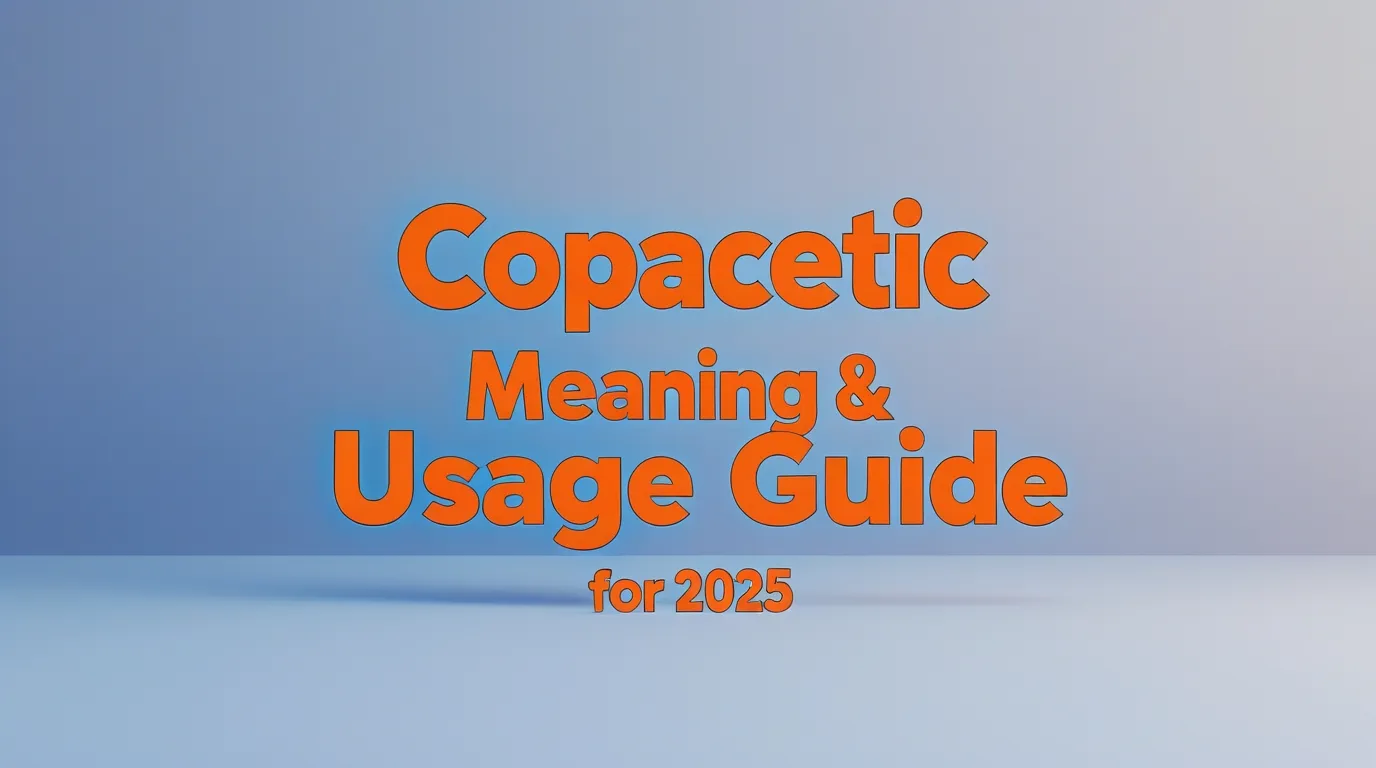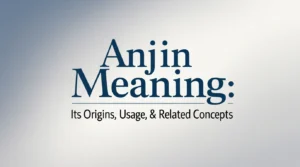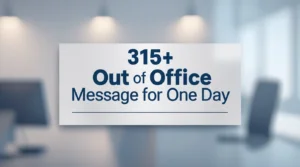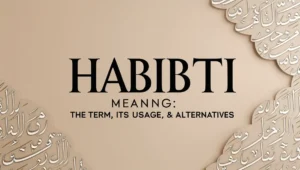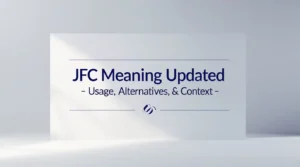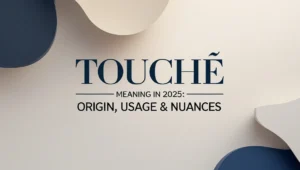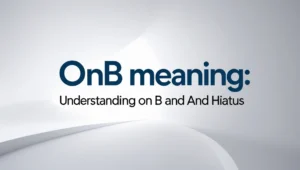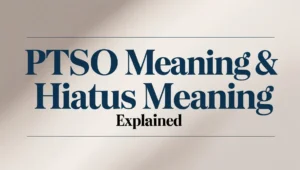Language in 2025 is more than just words — it’s emotion, clarity, and connection. Among the many expressive terms still shining brightly, one stands out with timeless charm: copacetic. The copacetic meaning reflects a feeling of everything being perfectly fine, smooth, or in harmony. It’s a beautiful way to say that life feels balanced and satisfying. Whether you’re replying to a text, writing a caption, or expressing your mood, saying “everything’s copacetic” adds warmth and calm.
In this Copacetic Meaning & Usage Guide for 2025, we’ll explore what the word means, where it came from, how to use it in daily life, and why it’s becoming a favorite again in modern conversation. You’ll also learn practical examples, similar words, and its emotional tone — all explained in a natural, engaging way to help you use it confidently.
Understanding the Meaning of Copacetic
The word copacetic simply means everything is satisfactory, fine, or going well. It’s used when you want to express that things are calm, stable, or under control.
For example, if someone asks, “How’s work going?” you can say, “Everything’s copacetic,” meaning there are no problems — just smooth sailing.
The beauty of this word lies in its tone. It sounds both positive and composed, giving your message a friendly yet intelligent touch. While many words like “good” or “fine” sound plain, “copacetic” adds depth and personality to your speech.
Origin and Historical Background
The word copacetic has an interesting and mysterious origin. It became popular in the early 20th century, especially among African American communities and jazz musicians. Many believe it first appeared in Southern American slang before spreading into popular culture.
Some theories suggest the term has roots in Creole or Hebrew, though no single origin is confirmed. What’s certain is that by the 1920s, “copacetic” was widely used to describe situations that felt right, smooth, and satisfying. Jazz artists loved the rhythm of the word — it had the same smoothness as the music itself.
Copacetic in Modern 2025 Conversations
In 2025, “copacetic” is experiencing a quiet revival. People are rediscovering vintage words that feel authentic and mindful, unlike overused slang. The word fits perfectly into this linguistic comeback because it’s positive, classy, and easy to use.
You’ll see it pop up in text messages, social media captions, and even workplace emails where someone wants to sound optimistic but professional.
For example:
- “Everything’s copacetic for the meeting tomorrow.”
- “My weekend plans are all copacetic.”
- “Feeling copacetic after a long walk.”
The tone is calm, content, and stylish — ideal for the modern, balanced mindset of 2025.
Copacetic Meaning in Text Messages
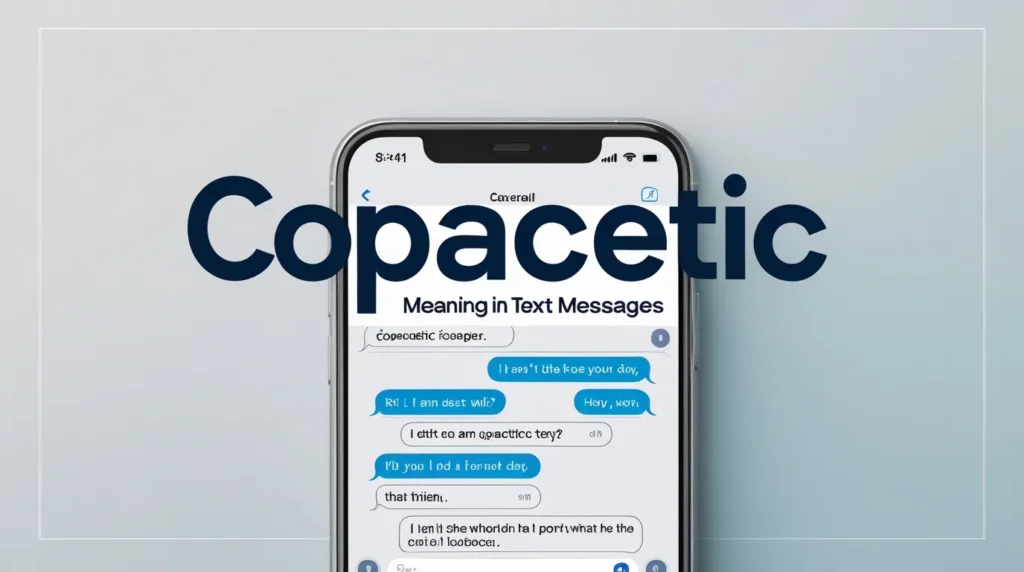
When someone texts you “copacetic,” they usually mean “everything’s okay.” It’s like saying, no worries, all good, but in a slightly more refined way.
Examples:
- Friend: “You good after yesterday?” You: “Yeah, all copacetic now.”
- Colleague: “How’s the project status?” You: “Everything’s copacetic, right on schedule.”
It’s short, expressive, and gives your replies a chill but confident tone. Instead of saying “fine,” which sounds flat, “copacetic” sounds calm and reassuring.
Synonyms and Related Words
If you love the meaning of “copacetic,” there are several similar words that carry a related vibe. Each has its own slight difference in tone or emotion.
Here are some close alternatives:
- Fine
- Smooth
- Excellent
- Chill
- Great
- Wonderful
- A-OK
- Perfect
- Good
- Balanced
These words all express satisfaction, but copacetic feels more intentional. It suggests that you’ve thought about things and truly feel at ease.
How to Pronounce Copacetic
The correct pronunciation is: Co-puh-SET-ik.
It has a rhythmic, easy flow that makes it sound natural in conversation. The stress falls on the “SET” syllable, giving it a lively yet relaxed sound.
Practice it slowly:
- Co (like “go”)
- puh (soft middle sound)
- SET (strong emphasis)
- ik (quick finish)
When spoken naturally, it rolls off the tongue — copacetic.
When to Use Copacetic in Everyday Life
You can use “copacetic” in almost any situation where you’d say fine, good, or okay. It’s perfect for expressing calmness or assurance.
Use it when:
- You want to say everything is under control.
- You want to sound professional but warm.
- You want to express satisfaction in a unique way.
Examples:
- “After the update, the system is running copacetic.”
- “We had a small issue earlier, but now things are copacetic.”
- “Our friendship is copacetic again after that talk.”
It fits perfectly in both personal and professional settings.
Copacetic Meaning in Professional Contexts
In business or workplace communication, “copacetic” can make you sound confident and composed. Instead of saying “everything is fine,” using this word adds a thoughtful, positive tone.
Examples:
- “The client relationship is copacetic after our follow-up call.”
- “All project deliverables are copacetic for next week.”
- “The transition went copacetic, no major issues.”
It’s a great word to use when you want to reassure someone that everything is stable, organized, and in order — without sounding robotic.
The Emotional Tone Behind Copacetic
Unlike plain words like “okay” or “fine,” copacetic carries emotion. It expresses not just satisfaction, but contentment and inner peace.
When you use it, you communicate a sense of balance and mindfulness. It feels like the verbal equivalent of a deep breath after a long day — calm and grounded.
In emotional contexts, it can mean that everything is not only fine externally but also emotionally aligned. That’s what makes it timeless.
Copacetic in Popular Culture
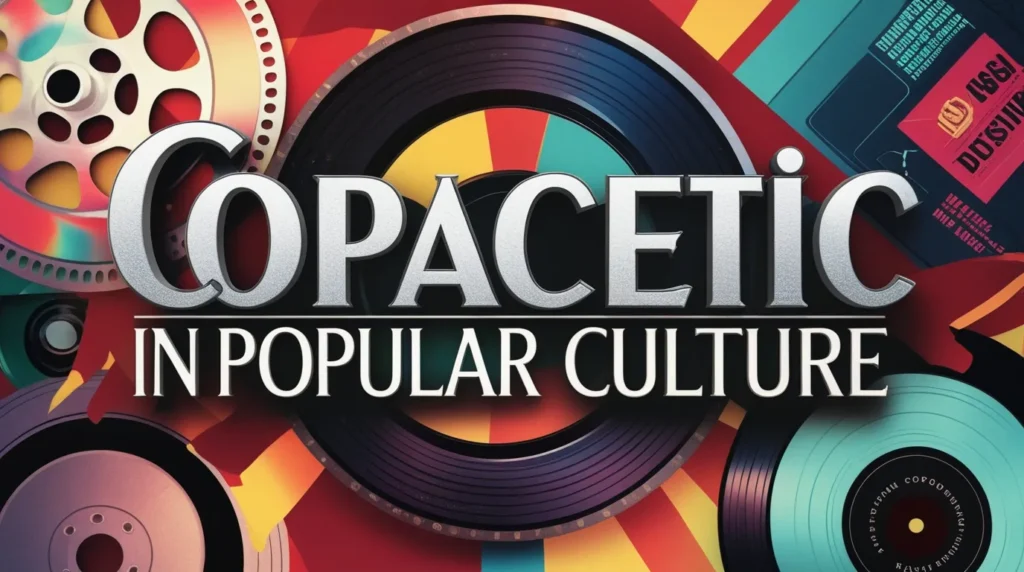
Over the years, “copacetic” has appeared in songs, TV shows, and literature, keeping it alive in pop culture. It’s been used by jazz musicians, writers, and even modern artists who appreciate its rhythmic beauty and positivity.
You might hear it in movies or music lyrics when a character wants to express that things are under control. It adds a touch of old-school charm to dialogue or lyrics.
In 2025, influencers and content creators also use it in captions like:
- “Keeping my mood copacetic.”
- “Life feels copacetic today.”
- “Staying grounded, staying copacetic.”
It’s modern, stylish, and emotionally meaningful.
Conclusion
The word copacetic may sound old-fashioned to some, but in 2025, it represents something powerful — a state of calm, peace, and satisfaction in a chaotic world. Whether you’re texting a friend, replying to a colleague, or expressing how you feel, saying everything’s copacetic adds warmth and emotional intelligence to your words.
It’s not just a word; it’s a reflection of balance and tranquility. And in a world that’s always rushing forward, being copacetic might just be the most beautiful thing you can be.
FAQs
1. What does “copacetic” mean in simple terms? It means everything is fine, good, or satisfactory — a calm way of saying that things are under control or going smoothly.
2. Is “copacetic” a formal or informal word? It can be used in both. It sounds relaxed but also professional enough for workplace conversations.
3. Where did the word “copacetic” come from? It originated in early 20th-century America, often used in African American and jazz communities to describe things that were good or smooth.
4. Can I use “copacetic” in emails or business writing? Yes, especially when you want to sound confident and composed. It adds warmth without being too casual.5. What’s another word for “copacetic”? You can use synonyms like fine, smooth, excellent, or perfect, depending on the tone you want.

